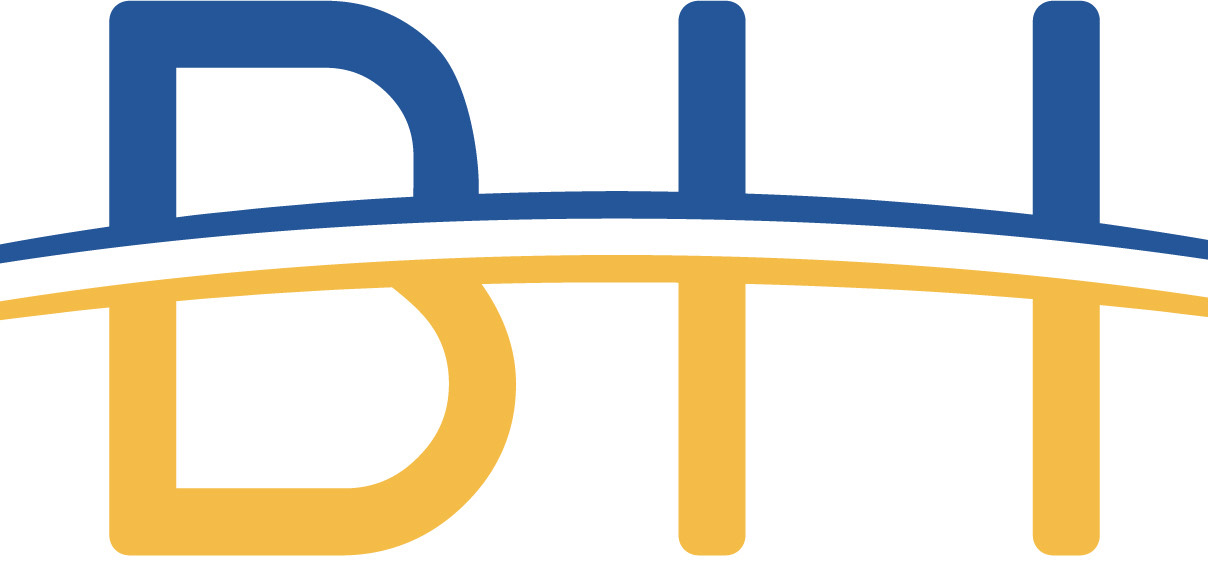Thanks for visiting the Health o meter® Professional blog! This blog is intended to be an educational resource for the healthcare community and to help create meaningful conversations about the multitude of changes occurring in the medical industry. We encourage you to share blog posts with other healthcare professionals.
Blog
Importance of Patient Safety in Medical Equipment
Healthcare facilities’ purpose is to provide accurate diagnoses and effective treatments for their patients and while doing so they need to ensure patient safety. Utilizing medical equipment that has been designed with patient safety features can help facilities meet these goals. Medical equipment needs to provide accurate patient information so practitioners can determine effective treatments. ... Importance of Patient Safety in Medical Equipment
The Overlooked Advantage: Backward Compatibility in Medical Equipment
“Backward Compatible” is a term you often hear in reference to computers or video game systems. Backward compatible refers to the ability of a system or technology to work with older versions of itself or older hardware. It can also mean a piece of existing hardware can be upgraded with a new feature but ensures ... The Overlooked Advantage: Backward Compatibility in Medical Equipment
Improving Stroke Management with the Patient Transfer Scale: A Case Study
Introduction Stroke management is a critical aspect of emergency medical care, where every second counts. Our Lady of the Lake Regional Medical Center (OLOL) recognized the need to enhance their stroke protocol to match the efficiency of Comprehensive Stroke Centers. This case study explores how the introduction of the Patient Transfer Scale (PTS) revolutionized their ... Improving Stroke Management with the Patient Transfer Scale: A Case Study
Streamlining Medical Equipment: The Benefits of Standardizing to a Single Brand
Medical facilities utilize several different types of equipment such as scales, x-ray machines, and blood pressure monitors, yet standardizing to a single brand for a specific type of equipment is not commonly considered. Standardizing to one brand offers several benefits including improved staff efficiency and workflow and simplified product support. Medical staff are required to ... Streamlining Medical Equipment: The Benefits of Standardizing to a Single Brand
Understanding the Key Certifications for Medical Equipment
When researching new medical equipment, supply chain staff may look to specific regulatory or certification requirements for guidance. For example, a new exam table needs to meet ADA compliance standards or a new device must comply with FDA regulations depending on its designated class. For Healthcare facilities it also important to look for the certifications ... Understanding the Key Certifications for Medical Equipment
Why Do You Get Weighed at the Doctor’s Office?
When you visit your doctor, one of the first things you’re likely asked to do is step on the scale. While it may feel like a minor and routine task, this simple measurement provides essential information about your health. Here’s why your weight check is more than just a number—it’s a critical part of personalized ... Why Do You Get Weighed at the Doctor’s Office?
Maintaining Efficiency and Safety: Evaluating Your Medical Scales
Organizations routinely assess their medical equipment to ensure the devices are operating at optimum performance and to identify any potential safety hazards. Evaluating the equipment’s condition helps identify products that need to be replaced or repaired and to maintain a department’s workflow and efficiency. These assessments can be performed by asking the staff if they ... Maintaining Efficiency and Safety: Evaluating Your Medical Scales
Protecting Patients and Healthcare Workers: How Antimicrobial Medical Equipment is Reducing Healthcare-Associated Infections
According to the Centers for Disease Control and Prevention (CDC), each day, 1 in 31 hospital patients have an healthcare-associated infection (HAI), and an average of 75,000 patients a year die from an HAI. Healthcare-associated infections are acquired through exposure to a contagion via unclean hands or contaminated surfaces such as handrails, door handles, and ... Protecting Patients and Healthcare Workers: How Antimicrobial Medical Equipment is Reducing Healthcare-Associated Infections
From Grams to Growth: How NICUs Monitor Infant Weight
Monitoring an infant’s weight in the Neonatal Intensive Care Unit (NICU) is a critical aspect of ensuring the health and development of newborns, especially those born prematurely. In the NICU, infants are often at risk for poor growth, which can have long-term effects on their health. Therefore, it is essential to closely monitor and manage ... From Grams to Growth: How NICUs Monitor Infant Weight
Seamless EMR Integration with Health o meter® Professional Scales and CEIBA Healthcare
In the rapidly evolving healthcare industry, the integration of electronic medical records (EMR) is a critical step towards streamlined operations and enhanced patient care. Health o meter® Professional scales, renowned for their precision and reliability, offer seamless EMR integration through CEIBA Healthcare’s innovative Internet of Medical Things (IoMT) interoperability solutions. This integration is made possible ... Seamless EMR Integration with Health o meter® Professional Scales and CEIBA Healthcare
What is “Connectivity” and Why is it Important for Medical Equipment?
When facilities research medical device purchases some buyers may ask, “Does the product have connectivity?”. When a device has “connectivity” it means the product can send data to another device, such as a vital sign monitor or a PC. This connection to another device can work in variety of ways such as integration partnerships ... What is “Connectivity” and Why is it Important for Medical Equipment?
Health o meter® Professional Scales – A Trusted Brand with a Valued History
In 1919, Continental Scale Works, now known as Health o meter® Professional Scales, revolutionized the medical scale industry. From inventing the iconic “doctor’s” beam scale to becoming a trusted name in healthcare, this brand has a rich history of innovation and customer dedication. History and Evolution (Left) First Physician’s Beam Scale, Health-o-Meter Professional ... Health o meter® Professional Scales – A Trusted Brand with a Valued History
 Bridge Healthcare
Bridge Healthcare 